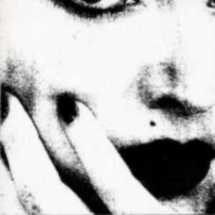
Sonic Youth was an American rock band based in New York City and formed in 1981. Founding members Kim Gordon, Thurston Moore and Lee Ranaldo remained together for the entire history of the band, while Steve Shelley (drums) followed a series of short-term drummers in 1985, rounding out the core line-up. Jim O'Rourke was also a member of the band from 1999 to 2005, and Mark Ibold was a member from 2006 to 2011.
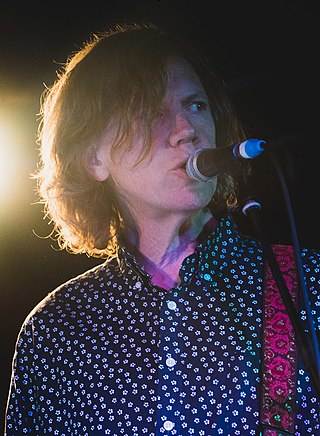
Thurston Joseph Moore is an American guitarist, singer and songwriter best known as a member of the rock band Sonic Youth. He has also participated in many solo and group collaborations outside Sonic Youth, as well as running the Ecstatic Peace! record label. Moore was ranked 34th in Rolling Stone's 2004 edition of the "100 Greatest Guitarists of All Time".

Michael David Watt is an American bassist, vocalist and songwriter. He co-founded and played bass guitar for the rock bands Minutemen (1980–1985), Dos (1985–present), and Firehose (1986–1994). He began a solo career with the 1994 album Ball-Hog or Tugboat?, he has since released three additional solo albums, most recently in 2010 with Hyphenated-man. He is also the frontman for the supergroup Big Walnuts Yonder (2008–present), a member of the art rock group Banyan (1997–present) and is involved with several other musical projects. From 2003 until 2013, he was the bass guitarist for The Stooges.
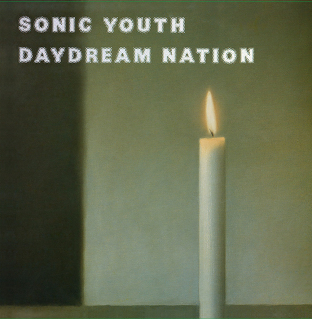
Daydream Nation is the fifth studio album by American alternative rock band Sonic Youth, released on October 18, 1988. The band recorded the album between July and August 1988 at Greene St. Recording in New York City, and it was released by Enigma Records as a double album.
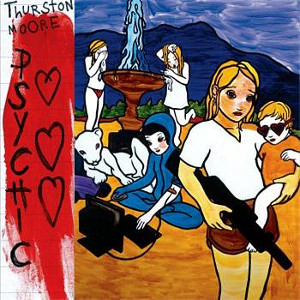
Psychic Hearts is the debut solo studio album by former Sonic Youth member Thurston Moore released in 1995 through Geffen Records. The album was remastered and reissued in 2006. The two-record vinyl version of the reissue contains bonus tracks on the fourth album side where on the original vinyl release the fourth side had a drawing by cover artist Rita Ackermann etched directly into the vinyl.
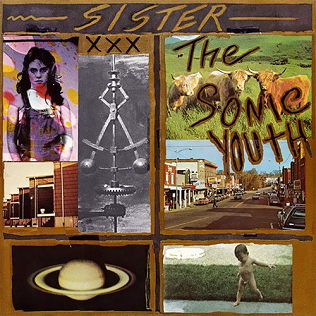
Sister is the fourth studio album by American alternative rock band Sonic Youth. It was released in June 1987 by SST Records. The album furthered the band's move away from the no wave genre towards more traditional song structures, while maintaining an aggressively experimental approach.

Washing Machine is the ninth studio album by the American experimental rock band Sonic Youth, released on September 26, 1995, by DGC Records. It was recorded at Easley Studios in Memphis, Tennessee, and produced by the band and John Siket, who also engineered the band's previous two albums. The album features more open-ended pieces than its predecessors and contains some of the band's longest songs, including the 20-minute ballad "The Diamond Sea", which is the lengthiest track to feature on any of Sonic Youth's studio albums.

Sonic Youth is the debut EP by American rock band Sonic Youth. It was recorded between December 1981 and January 1982 and released in March 1982 by Glenn Branca's Neutral label. It is the only recording featuring the early Sonic Youth lineup with Richard Edson on drums. Sonic Youth differs stylistically from the band's later work in its greater incorporation of clean guitars, standard tuning, crisp production and a post-punk style.

Confusion Is Sex is the debut studio album by American noise rock band Sonic Youth. It was released in 1983 by Neutral Records. It has been referred to as an important example of the no wave genre. AllMusic called it "lo-fi to the point of tonal drabness, as the instruments seem to ring out in only one tone, that of screechy noise".

EVOL is the third full-length studio album by the American alternative rock band Sonic Youth. Released in May 1986, EVOL was Sonic Youth’s first album on SST Records, and also the first album to feature then-new drummer Steve Shelley who had just replaced Bob Bert.
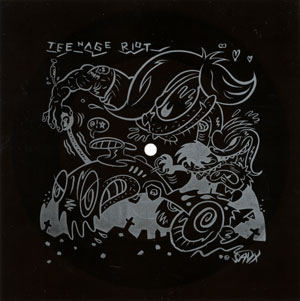
"Teen Age Riot" is a song by American rock band Sonic Youth, and the first single from their 1988 album, Daydream Nation. It received heavy airplay on modern rock stations and considerably expanded their audience.

Ball-Hog or Tugboat? is the 1995 debut solo album by American musician Mike Watt, previously known for his work as the bass guitarist and songwriter for the punk rock groups Minutemen and fIREHOSE.

Sonic Death is a live album by American rock band Sonic Youth. It was released in 1984 on cassette tape by the Ecstatic Peace! record label.

Screaming Fields of Sonic Love is a compilation album of songs culled from Sonic Youth's various releases from the 1980s. It was released in 1995 on DGC.

TV Shit is an EP by American alternative rock band Sonic Youth and Japanese vocalist Yamatsuka Eye. It was released in 1994 by Thurston Moore's record label Ecstatic Peace.

"Silver Rocket" is both the second track and second single from Sonic Youth's 1988 album Daydream Nation. Like all the tracks on the album, the Daydream Nation version of “Silver Rocket” was recorded in the studio, whereas all editions of the single featured a live version of the song with alternate lyrics and were pressed in small runs by independent fanzines. The studio album version also appeared on the B-side of the 12” edition of the band's previous single, “Teen Age Riot.” A video was also produced for “Silver Rocket,” featuring a recording of the song different from any of those appearing on any of the band's singles or albums.

"Starpower" is a song by American alternative rock band Sonic Youth. It was released in 1986 by record label SST as the first and only single from the band's third studio album, EVOL. It was re-released on colored vinyl in both 1990 and 1991.

Master-Dik is the third EP by American alternative rock band Sonic Youth. It was released on November 4, 1987, in the United States by record label SST, and on January 22, 1988, in the United Kingdom by label Blast First.

Minutemen were an American punk rock band formed in San Pedro, California, in 1980. Composed of guitarist/vocalist D. Boon, bassist/vocalist Mike Watt, and drummer George Hurley, Minutemen recorded four albums and eight EPs before Boon's death in an automobile accident in 1985; the band broke up shortly thereafter. They were noted in the California punk community for a philosophy of "jamming econo"—a sense of thriftiness reflected in their touring and short, tight songs, and for their eclectic style, drawing on hardcore punk, funk, jazz, and other sources.
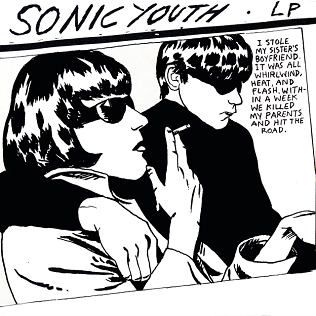
Goo is the sixth full-length studio album by American alternative rock band Sonic Youth, released on June 26, 1990, by DGC Records. For this album, the band sought to expand upon its trademark alternating guitar arrangements and the layered sound of their previous album Daydream Nation (1988) with songwriting that was more topical than past works, exploring themes of female empowerment and pop culture. Coming off the success of Daydream Nation, Nick Sansano returned to engineer Goo, but veteran producer Ron Saint Germain was chosen by Sonic Youth to finish mixing the album following Sansano's dismissal.
